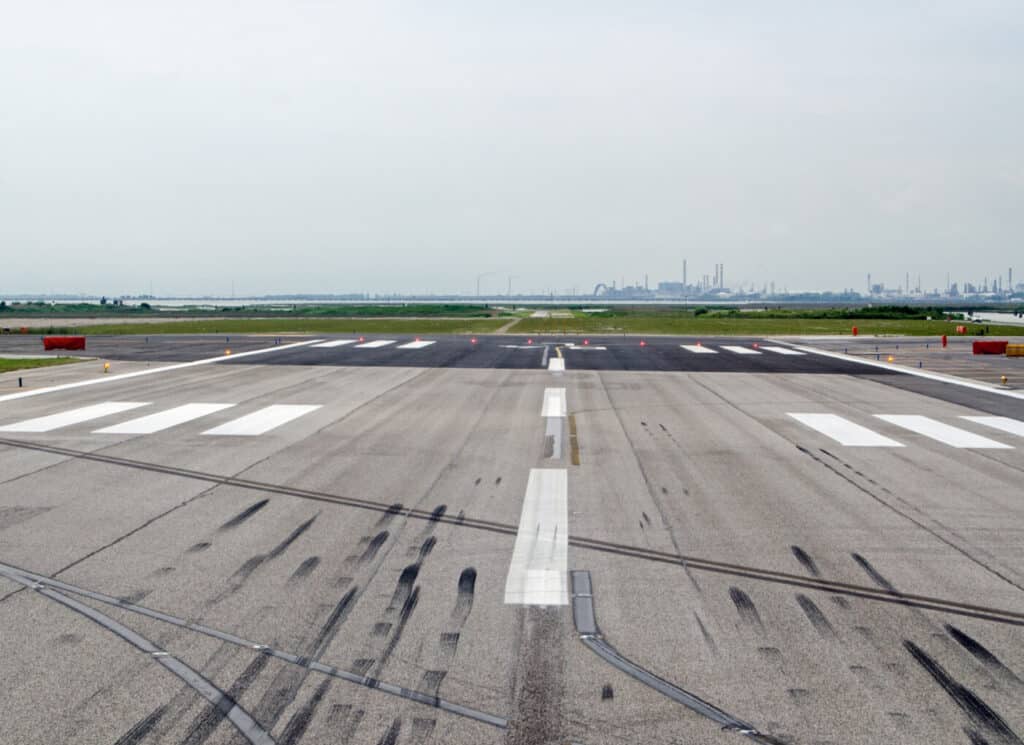The Ongoing Challenge of Runway Excursions

Runway excursions, when an aircraft veers off or overruns the runway, remain a persistent safety issue in aviation. According to the International Air Transport Association (IATA), these incidents account for 23% of all commercial aviation accidents worldwide. The FAA reports over 1,300 runway incursions and excursions annually in the U.S., underscoring the need for stronger safety measures.
What Causes Runway Excursions?
Several factors contribute to runway excursions, with unstable approaches being a leading cause. The Flight Safety Foundation emphasizes that approaches should be stabilized by 1,000 feet in instrument conditions or 500 feet in visual conditions. However, research indicates that unstable approaches occur in 3.5–4.0% of all landings, and pilots often choose to land rather than executing a safer go-around. Runway excursions can occur on landing or takeoff due to a late takeoff abort.
Certain aircraft models have a higher incidence of runway excursions. The original Phenom 100 experienced multiple incidents, leading Embraer to modify its braking system. According to The Flight Safety Foundation Aviation Safety Network, there have been 26 HondaJet runway excursions worldwide since March 2002—significantly more than similar aircraft like the Textron Aviation Citation M2.
Other contributing factors include:
- Weather conditions – Rain, ice, and crosswinds can reduce braking effectiveness and significantly increase landing distances.
- Pilot decision-making – Misjudging approach speeds, descent rates, or landing distances can lead to overruns. On takeoff, an excursion can occur if the aircraft is traveling too fast to stop on the remaining runway.
- Aircraft system failures – Issues with braking, thrust reversers, or spoilers can limit an aircraft’s ability to stop safely.
- Runway conditions – Short runways, poor maintenance, or inadequate friction testing increase the risk of excursions.
Preventing Runway Excursions
Mitigating these risks requires a combination of pilot training, technology, and airport improvements. Airlines emphasize the importance of stabilized approaches, proper go-around decisions, and enhanced pilot training. Airports are implementing infrastructure solutions like runway grooving to improve traction and engineered material arresting systems (EMAS) to help stop overrunning aircraft. New technologies, including real-time braking action reports and improved runway surface monitoring, further enhance safety.
Slack Davis Sanger’s Commitment to Aviation Safety
At Slack Davis Sanger, our aviation attorneys are also jet-rated pilots with extensive experience handling runway excursion cases. We work with industry experts to analyze flight data, determine contributing factors, and advocate for victims and their families. If you or a loved one has been affected by a runway excursion or other aviation-related incident, our team is here to help.
By identifying risks and improving safety measures, the aviation industry can continue to reduce runway excursions and make air travel safer for everyone.
